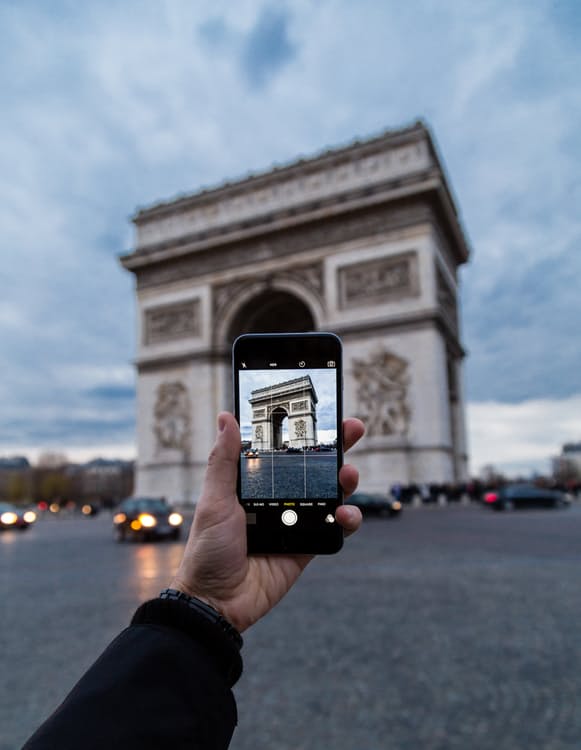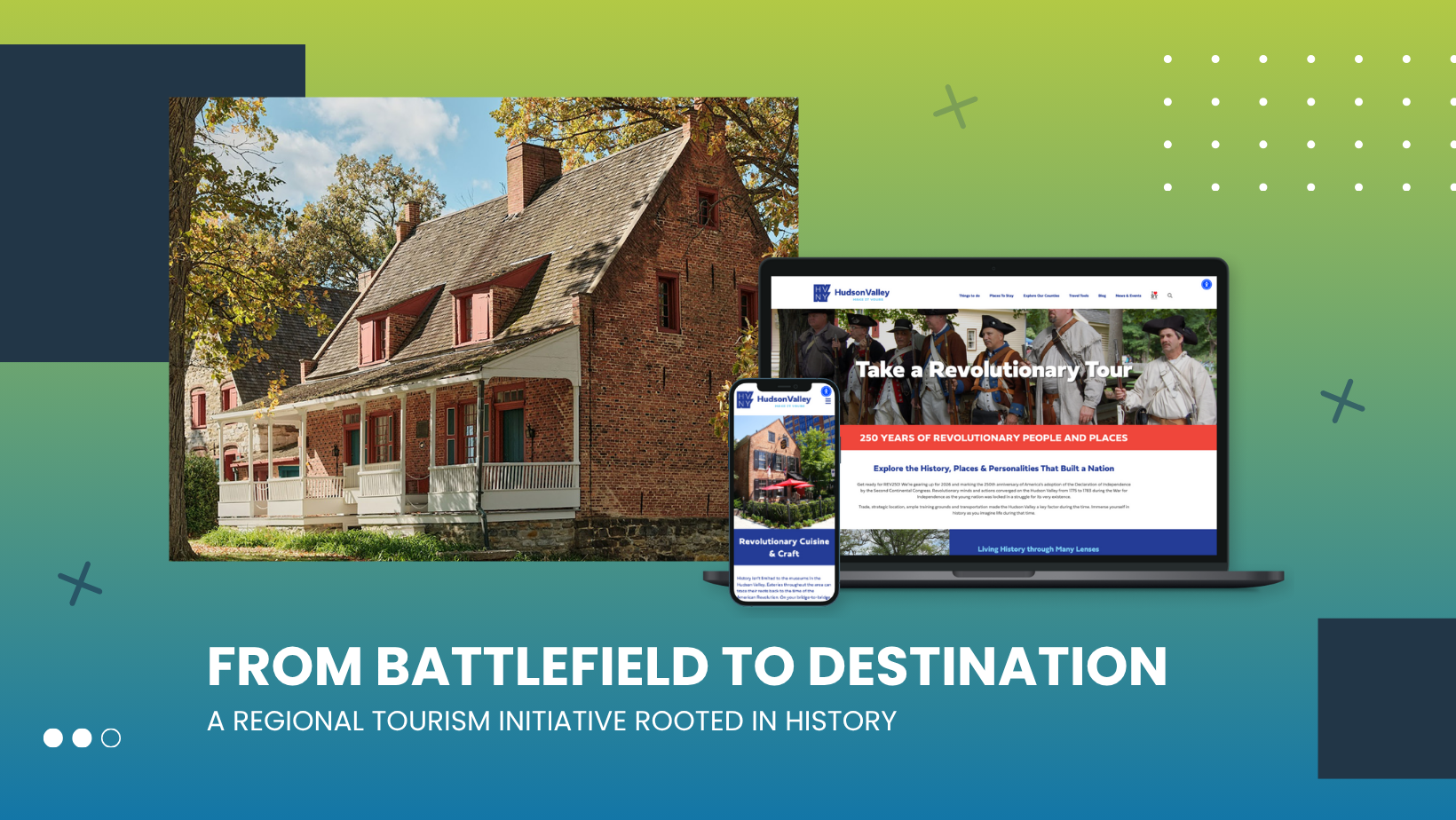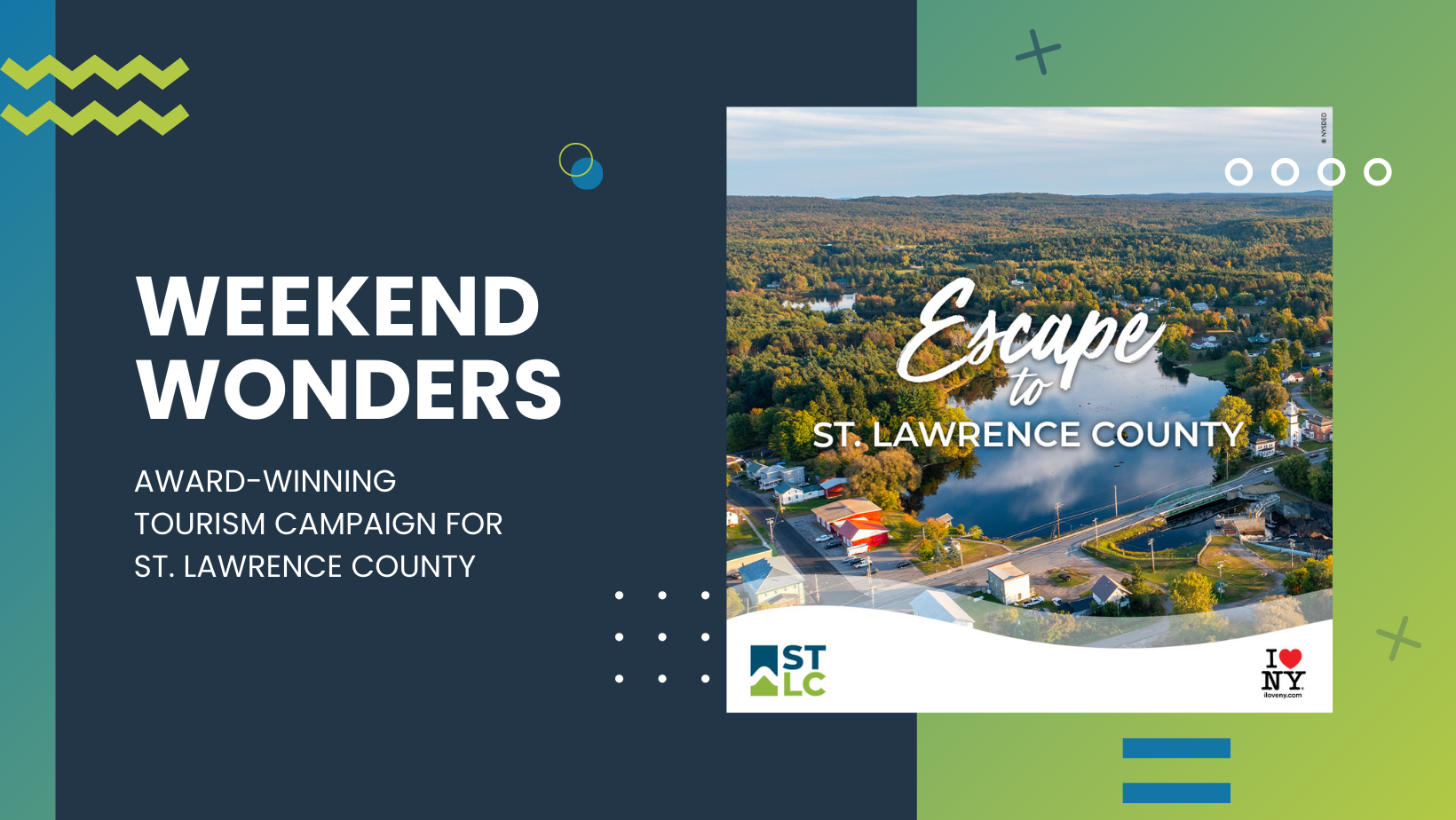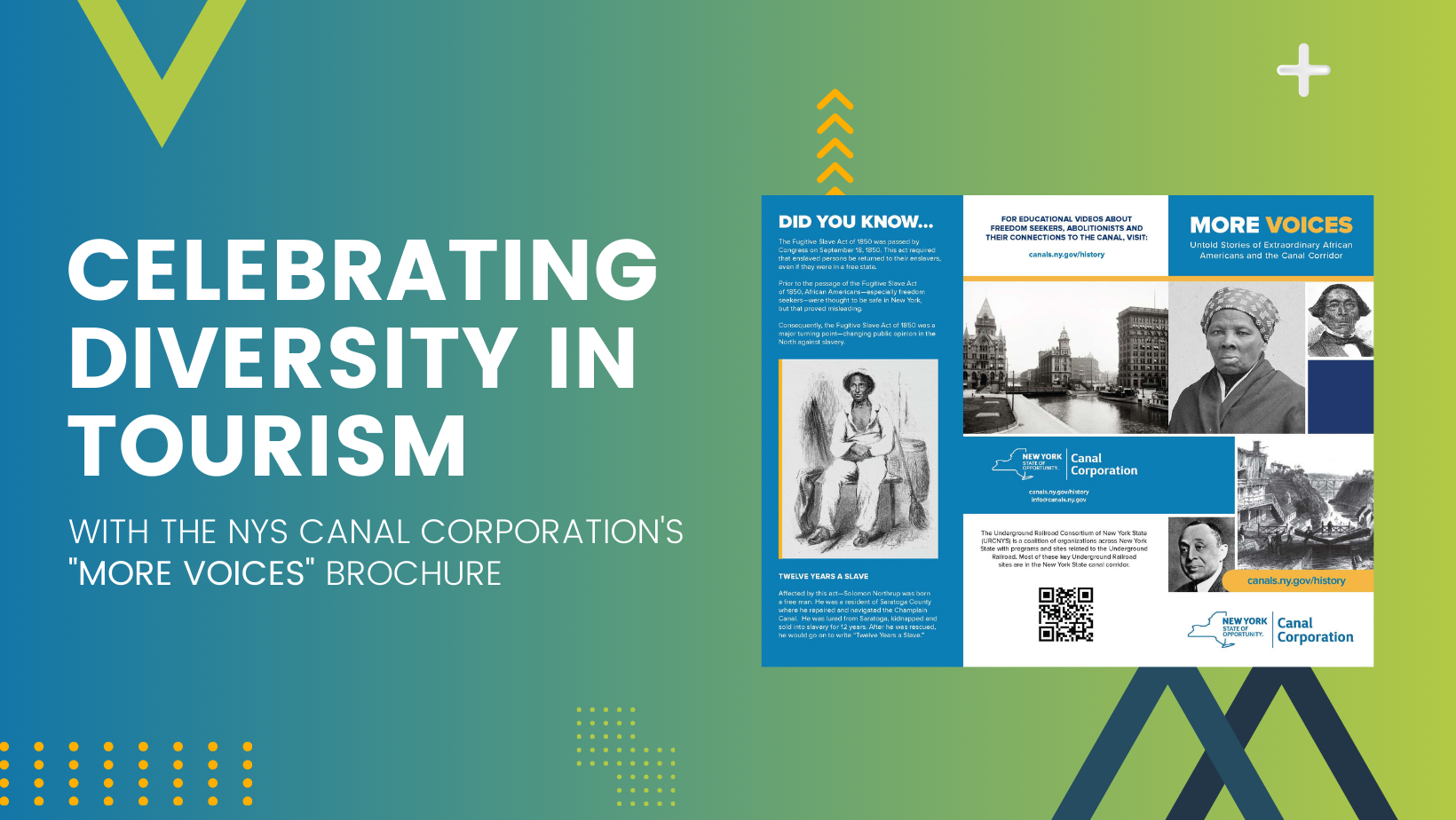Mobile Marketing Must Haves for Tourism

Mobile marketing budgets are expected to grow by as much as a quarter over the coming year, according to a survey by Warc and the Mobile Marketing Association (MMA) – and for good reason. From GPS services to hotel finders, everything tourists need to navigate a new place is accessible from their phone – so your destination should be, too. Here are three of the top trends in Mobile Marketing today.
- Apps & Social Commerce
Consumers are beginning to rely more heavily on apps than on traditional desktop websites for their day-to-day decisions. The catchy slogan, “there’s an app for that,” speaks the truth. Travelers can download apps to translate different languages, book travel, track finances while using different currencies, and locate the cheapest gas stations, pet-friendly parks and gluten-free restaurants.
Saved to the device that never leaves their side, these apps also act as a reflection of the person’s lifestyle choices, increasing their loyalty to the travel company that produces them.
- Mobile Wallets
The launch of mobile wallets such as Apple’s Passbook and Google Wallet have forever changed the way businesses engage their mobile customers. Approximately one third of smartphone users currently use some form of mobile wallet. In addition to increasing ease of pay for the consumer (which has resulted in an increase of sales), mobile wallets also give the tourist opportunities to save tickets, discounts and loyalty cards to their smartphone. Over nine in ten mobile wallet users are likely to save personalized offers, and six in ten say that being presented with these coupons would increase their positive opinion of the retailer.
- Augmented Reality
With the wildly successful launch of Pokémon GO, augmented reality is becoming an increasingly familiar aspect of consumers’ lives. The game and similar augmented reality apps like SnapChat present marketers with a unique opportunity, as they combine social media with local marketing and mobile. Restaurant owners, for example, can plant a Pokémon lure at a nearby tourist attraction during meal times for as little as a dollar, and bring in hordes of hungry Pokémon-playing travelers. With SnapChat, tourists can use fun filters to share their location with friends and simultaneously promote the destination. Ultimately, the idea is to make a visitor’s experience more easy, fun and convenient.




